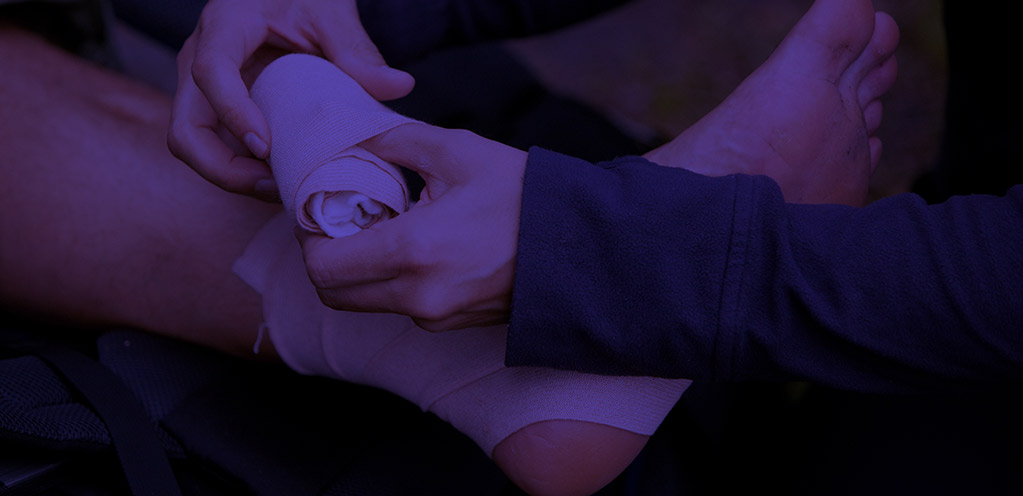Qualification overview
This qualification allows learners to develop their knowledge and skills in basic life support to meet the needs of their role in work, or another setting, and allows progression into further first aid training. The content of the qualification meets the HSE requirements for training first-aiders in those organisations that have identified that staff need to be trained to this level within their first-aid needs assessment.
Qualification objective
The course includes areas such as the roles and responsibilities of the first aider, how to assess an incident and recognising signs and symptoms of injury and illness. First aid skills in CPR and use of an AED and assisting a casualty who is suffering from major injury and illness such as chest injuries, spinal injuries and anaphylaxis are also covered.
It is recommended for first-aiders in the workplace environment who have access to a defibrillator. Learners gaining this qualification will know that cardiopulmonary resuscitation and automated external defibrillation form an essential part of the chain of survival. The topics covered are regarded by Skills for Health as being important in maintaining good practice in the safe, prompt and effective administration of cardiopulmonary resuscitation and automated external defibrillation. The qualification means learners should be able to safely and effectively use an automated external defibrillation machine.
In line with guidance provided by the HSE, the qualification supports/approves work place first aiders for a period of 3 years, after which point learners will need to retake the course. In addition to this, it is recommended that learners refresh their knowledge annually.
Topics Covered
- 1.Being able to manage an unresponsive casualty who is breathing normally
- 2.How to open a casualty’s airway and check for breathing
- 3.How to place an unresponsive casualty in the recovery position
- 4.When a casualty is not breathing normally and so recognising the need to commence cardiopulmonary resuscitation
- 5.How to safely use an automated external defibrillator


